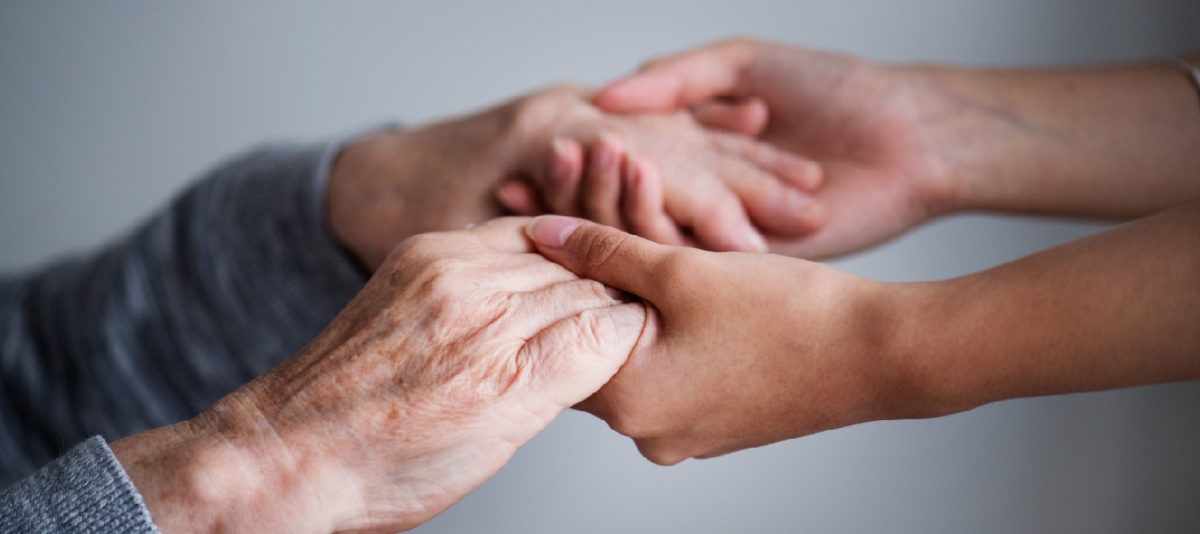Hip Replacement Surgery For Women

Hip Replacement Surgery For Women
Hip replacements are not “one size fits all.” A properly sized and shaped joint, and the positioning of the joint during surgery, are vital in meeting patient needs. And just like a natural hip, how well the materials in an artificial hip withstand the wear and tear that come with everyday use and rotation of the hip joint contributes to how long the replacement will last.
While basic human anatomy is the same, your hips—like the rest of your body—are a different shape from everyone else’s hips. Research shows that there are significant differences that can influence the fit of your hip implant, including the shape of the inside of your thighbone (femur), and the position, angle, and tilt of the ball of your hip.
In general, the ball of a woman’s hip is not only smaller than a man’s, it is also angled lower and positioned closer to the thighbone. While both men’s and women’s hips tilt forward, women’s tend to tilt forward an average of four degrees more than men’s.
While this difference might not seem like much, research shows that inadequate fit may contribute to post-surgery issues, such as pain on the side of the hip, a slight difference in leg lengths, reduced range of movement, or even dislocation—in which the implant pops out of position.
